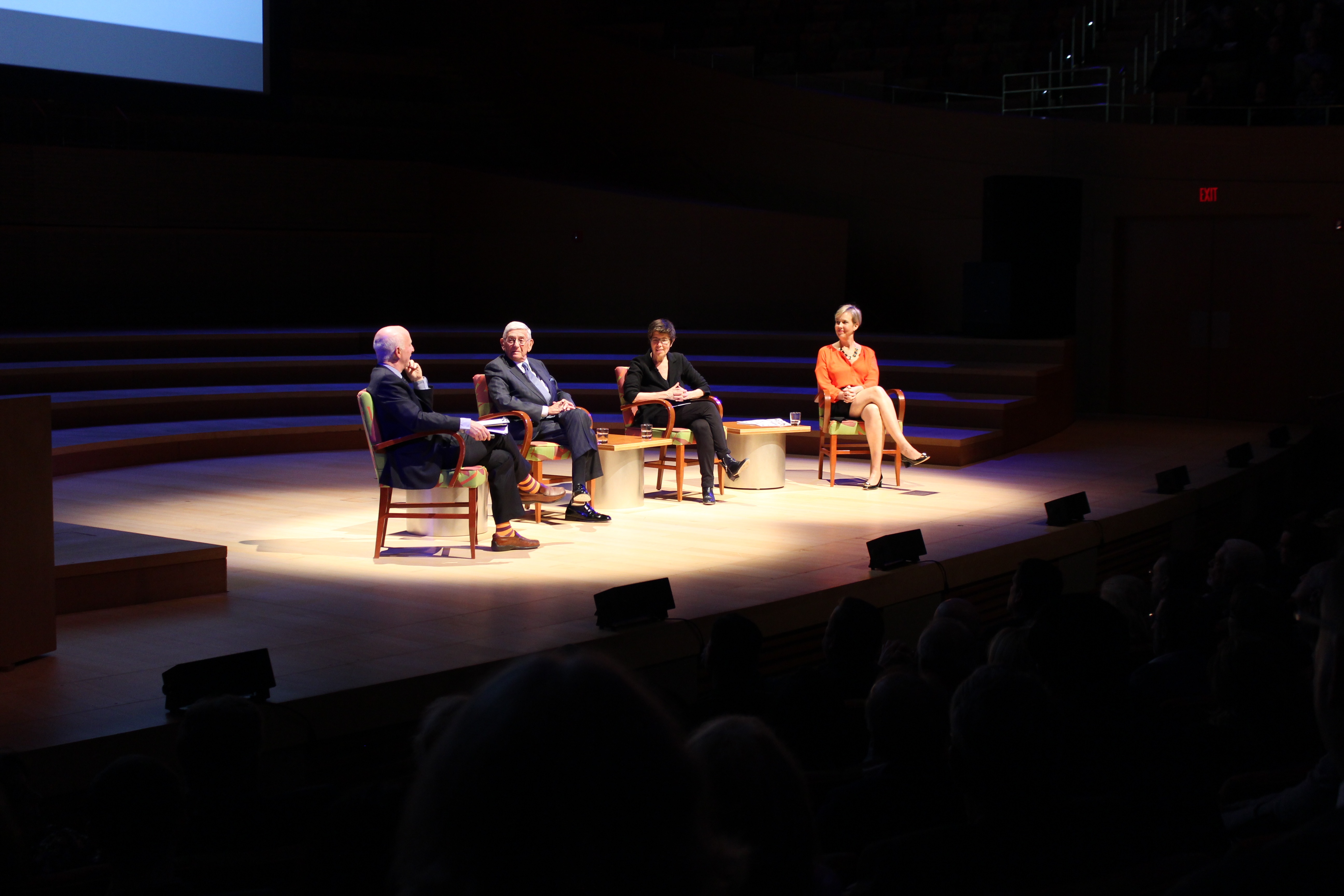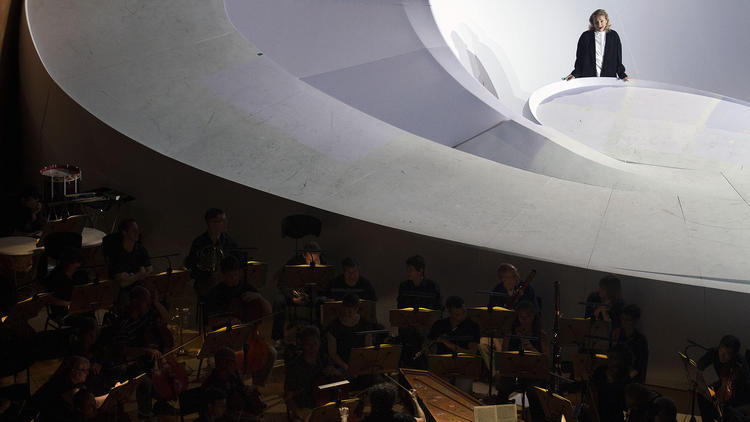In many ways, Monday evening’s “Un-Private Collection” panel/conversation at Disney Hall, featuring The Broad Museum’s principal architect, Elizabeth Diller, of the Diller, Scofidio + Renfro firm of architects, and moderated by the distinguished architecture critic,...

Making the “Un-Private” Public – and Urban
read more


